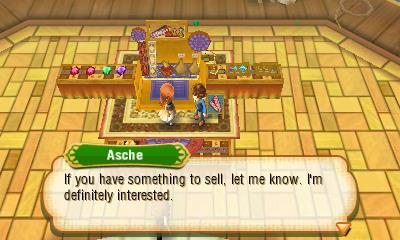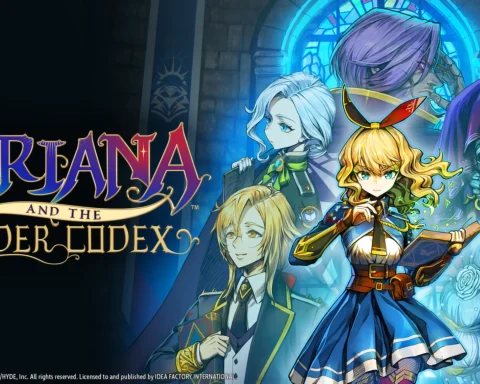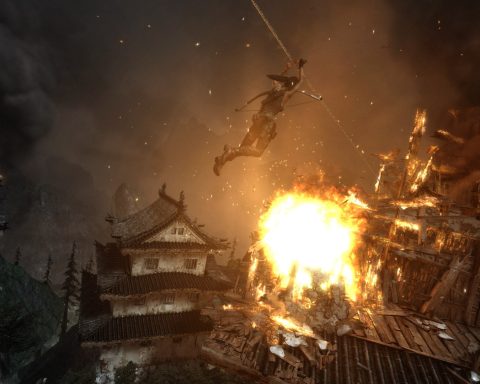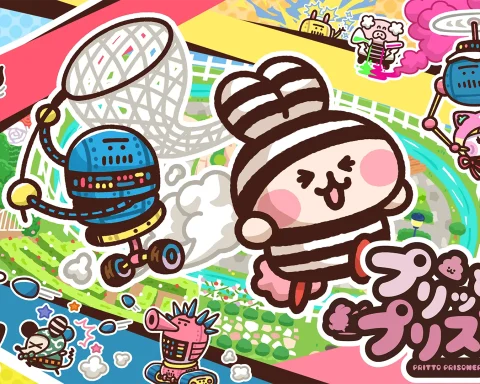As I booted up Story of Seasons for the first time, I was greeted with a couple sentences that outlined the developers’ desire for players to appreciate farm life and respect nature as a whole. A message that succinct couldn’t reasonably articulate an impactful environmental message, regrettably, but perhaps that feel-good spiel was what overrode my cynicism and got me on the game’s wavelength. Season after season has gone by in-game but I find myself rustling my pockets at any prospect of spare time for my portal to the laid back town of Oak Tree.
If you haven’t been following Story of Seasons or the legal reasons behind its name, it’s worth reiterating that it is, for all intents and purposes, a Harvest Moon game under a new moniker. Should that brand’s name value be lost on you, what’s important is that Story of Seasons is a farming simulator with a social twist and a divine experience at that.
Related reading: For a bit more of an academic look at Harvest Moon, check out this piece.
– Clark A.
Email me at: clarka@digitallydownloaded.net











